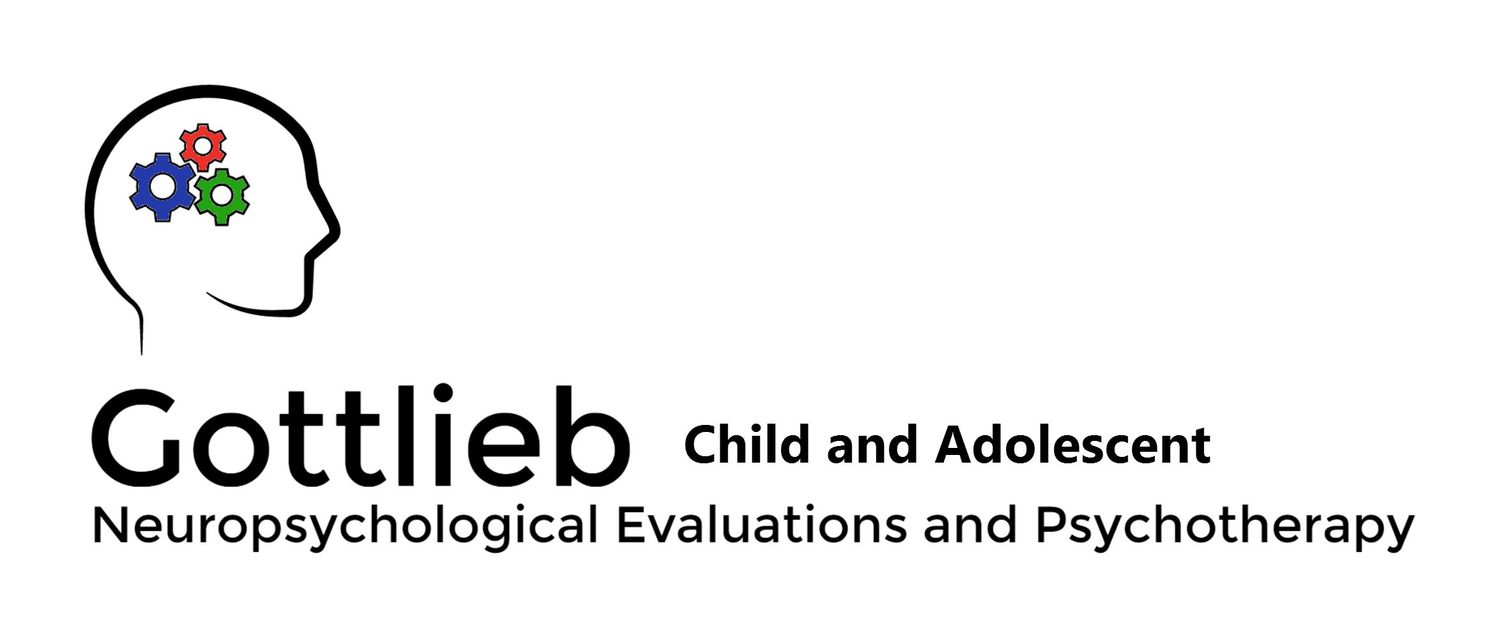Preparing for Middle School — Navigating preadolescent challenges and considering when to seek help
/The transition from elementary school to middle school can be a very challenging time for tweens, both socially and academically. The signs of young adolescent moodiness can make you, as a parent, want to “nag” or “pry.” Alternatively, some parents step back thinking, “it’s just a phase” or “it’ll pass.” While a temporary increase in moodiness and a greater tendency to push back against parents and adults is typical, some tweens experience more significant challenges. Now is not the time to leave your pre-teen to deal with his or her challenges alone. Rather, it’s important to monitor your child’s mental health and provide guidance and support. Sometimes, this requires professional help, particularly at an age when your young adolescent may not be as open with you, the parent.
Moodiness and Irritability
For many tweens and teens, puberty begins during the middle school years. Hormone levels increase, which can lead to mood swings and a general sense of irritability. Six months ago, your child was an upbeat kid, and now he or she is changing before your eyes, both physically and emotionally. As a parent, it can be hard to predict which presentation you will get on a particular evening. This increased moodiness can disrupt the entire household and may even have an impact on younger siblings.
Meanwhile, your young adolescent is dealing with his or her own body changes and development, something he or she has no control over. Some adolescents develop earlier or later than others, which can be socially difficult for young adolescents on either end of the continuum. At this age, tweens and teens often become more physically self-conscious and vulnerable to feeling embarrassed. For many adolescents, these feelings naturally pass over. For others, this is a time when self-harming behavior (e.g., cutting), experimentation with drugs (e.g., juuling) or alcohol, and disordered eating may occur. It is important to monitor your child during this time of change, offering support and seeking professional help, as needed. When these challenges are caught early and addressed appropriately, you can mitigate risk and improve long-term outcome.
Social Pressure to Fit In
One of the main issues that arises in early adolescence is the drive to fit in with one’s peer group, which causes many youngsters to feel socially insecure. This is a time when instances of teasing, exclusion, rumors, and social bullying increase. While these behaviors have been part of adolescence for many decades, today’s teens have a new platform for teasing and social bullying—social media and electronic communication more broadly. This platform makes it easier for teens to hide these issues from adults, while also giving bullies a wider reach. While some of these behaviors have become accepted as “normal” for a preteen to navigate, it is important to watch for signs of anxiety and depression resulting from social pressure and peer bullying. If you see these signs, it may be time to call a professional for help.
Executive Functioning and Learning Issues
While many learning challenges are identified in elementary school, a number of bright children are able to manage during the early years of their education. Then, middle school begins and the child no longer has one consistent teacher who can provide support and advocate for his or her needs. He or she must manage a day with six different teachers and sets of expectations. The academic demands increase, homework becomes more demanding, and the amount of personalized attention decreases. All of this is occurring amidst the social and emotional changes described above. No wonder middle school is a difficult time for many young teens!
Many adolescents struggle with planning, organization, time-management, self-monitoring, and initiating tasks—all aspects of executive functioning. For some individuals, these challenges catch up with them in middle school when they are no longer able to compensate for these weaknesses and manage on their own. For others, they may have been receiving support via an IEP or 504 Plan in elementary school (e.g., for ADHD, a learning disability, or high functioning autism formerly known as Asperger’s); however, he or she now has new or different needs. This is an important time to watch for changes in your teen’s academic performance. Often, when grades begin to falter at this age, there is a complex set of challenges going on, underneath the academic difficulty, that needs to be addressed. Psychoeducational and neuropsychological testing can help identify these of challenges and guide recommendations and support.
If you are concerned about your young adolescent’s behavior, I encourage you to contact me for assistance. I look forward to working with you and your tween or teen during this time of transition. Please don’t hesitate to call me at 703-825-0502.
Shira Gottlieb, Psy.D., Licensed Clinical Psychologist
Dr. Gottlieb is a licensed clinical psychologist. She received her B.A. in psychology, with a minor in neurobiology, from Harvard University, and her Psy.D. from the George Washington University. Dr. Gottlieb utilizes an integrative approach to therapy, incorporating both CBT and Family Systems techniques. Treatment goals are discussed with the child/adolescent and family and are developed with the individual child's needs in mind. For more information on Dr. Gottlieb please visit her website at http://www.gottliebchildpsych.com/


